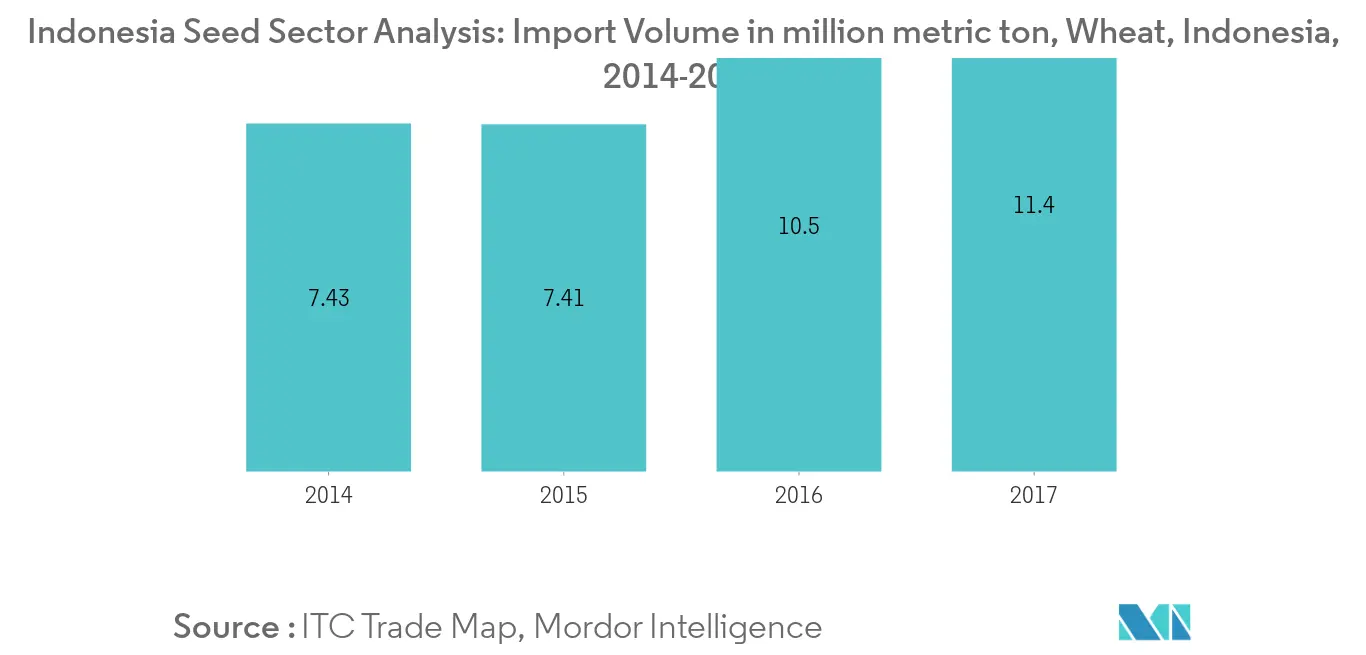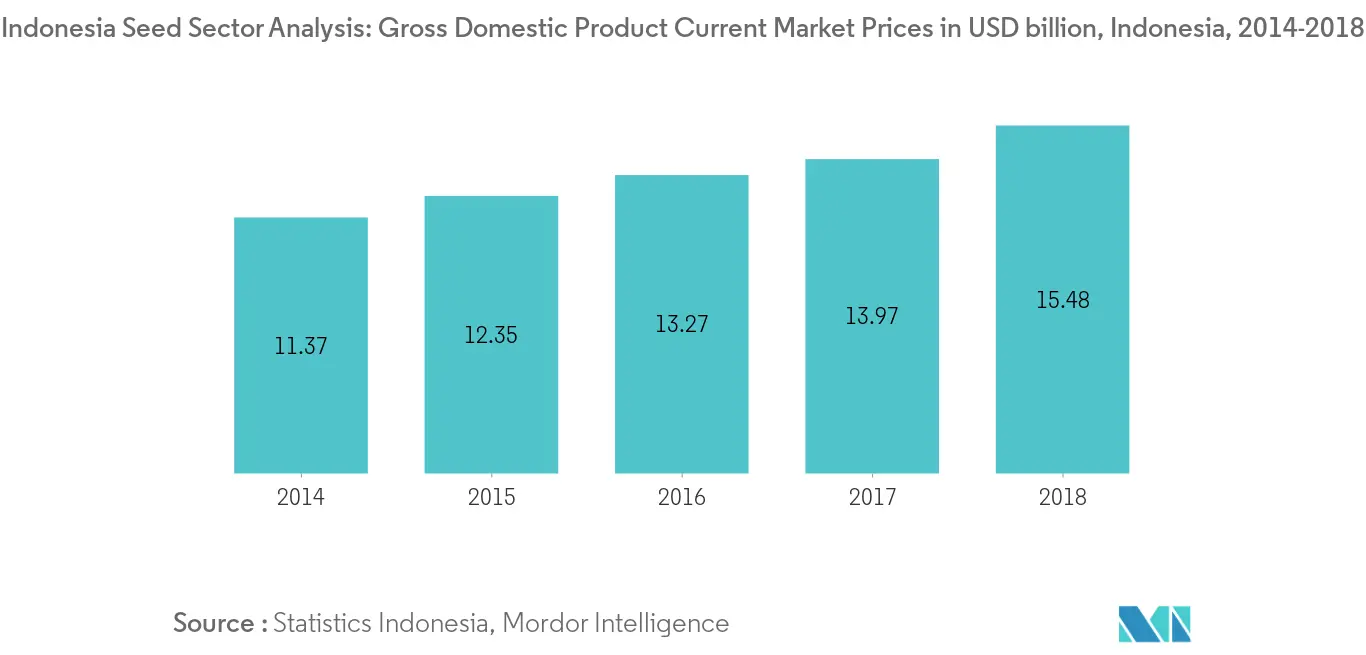Market Trends of Indonesia Seed Sector Analysis
This section covers the major market trends shaping the Indonesia Seed Sector Analysis Market according to our research experts:
Increase in Demand for Feed Grains Boosting the Market
The increasing demand for feed grains is driving the Indonesian seed market. The domestic demand for poultry and livestock feed is exceeding the local supply, resulting in the allocation of government incentives for the expansion of corn production in the non-producing areas in the country like South Sulawesi and Sumatra. The harvested area under corn has increased due to the government's minimum support price and subsidies on fertilizers and seeds, giving a boost to the corn seed market. The wheat imports have also increased owing to the demand for feed use and continued ban on corn imports by the Indonesian Ministry of Agriculture since 2015, thereby thrusting the wheat seed market. The growth of feed milling is expected to increase wheat consumption for feed to 2.2 million tons in 2019-2020 as per the Indonesia Grain and Feed Annual Report published by the US Department of Agriculture (USDA) in 2019. According to the ITC Trade Map database, the total wheat imports in Indonesia have increased from 7.4 million tons in 2014 to 11.4 million tons in 2018.

Rising Consumption of Horticulture Products Driving the Market
The domestic demand for horticulture products in Indonesia is outpacing the supply, leading to increased imports from countries like Thailand, the United States, and China. The fresh fruit and vegetable imports from these countries are majorly utilized in horticulture satiation in the country as the locally grown varieties lack in quality compared to the international competitors. The expansion of this consumption is further paving the way for seed breeders to capture the untapped seed market. The Indonesian government has aimed at shortening the distribution channels by allowing farmers to sell their products directly in the markets, thereby enhancing the local production of quality fruits and vegetables. Furthermore, the demand for horticulture products from middle-income families is on the rise, hence challenging the inconsistent domestic supply and poor management facilities in horticulture production. According to Statistics Indonesia, the GDP at current market prices from horticultural crops in Indonesia has increased from USD 11.37 billion in 2014 to USD 15.48 billion in 2018.

